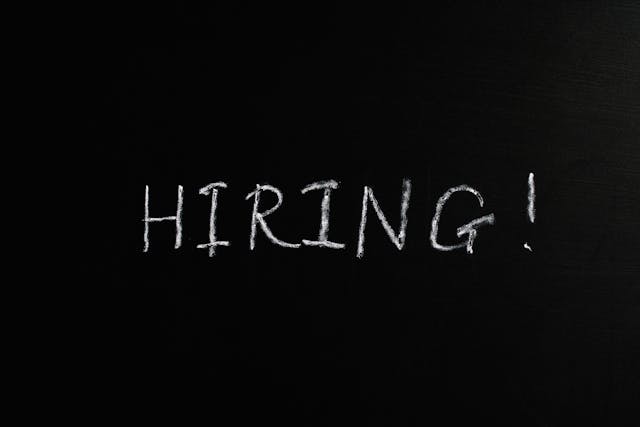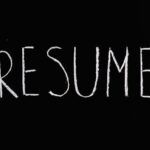Why Cover Letters Still Matter
Even for seasoned pros, a cover letter isn’t just old-school tradition – it’s your personal pitch. Think of it as your story beyond the bullet points of your resume. A great cover letter can show why you’re the right fit, highlight your enthusiasm, and tie together years of experience in a way a resume alone can’t. A well-written cover letter can impress employers and set you apart from other applicants. In short, take that extra 20 minutes – it shows you’ve done your homework and are serious about the role.
Key Do’s: What Your Cover Letter Should Do
- Personalize your letter: Address the hiring manager by name if you can. Avoid generic greetings like “To Whom It May Concern” – it looks impersonal. Mention something specific about the company or role early on to show you’ve done your research and really want this job.
- Highlight relevant achievements: Pick a couple of your proudest accomplishments and back them up with numbers or specifics. For example, instead of saying “I helped sales,” try “I led a campaign that boosted sales 25% in six months.” Hiring managers love concrete results; vague phrases like “responsible for” don’t make the same impact.
- Show your understanding of the company: Explain why this company excites you. Perhaps you admire a product they just launched or share their values. Mentioning a recent news item, company value, or initiative shows you care about their mission and how you fit in.
- Keep it clear and concise: Stick to about one page (roughly 250–400 words). Break your letter into short paragraphs, use simple language, and make every sentence count. A quick tip: after writing, trim any fluff and ensure that the letter is typo-free.
Key Don’ts: Cover Letter Mistakes to Avoid
- Don’t just repeat your resume: Your cover letter should complement your resume, not copy it. Instead, use the cover letter to add color and context: highlight one or two experiences in a narrative way, and explain why they matter.
- Don’t use generic templates: Beware of one-size-fits-all cover letters. Templates or mass-sent letters are easy to spot. Instead, tailor each cover letter to the specific job. Even if you use a basic format, customize your story and qualifications to match that job’s needs.
- Don’t be overly formal or stiff: Your tone should be professional but still sound like you. Avoid rigid language that reads like an academic paper. Adding a touch of personality (a brief anecdote or a bit of passion) can make your letter memorable.
- Don’t ignore the job post’s instructions: Always follow application guidelines to the letter. If they ask for a PDF rather than a doc, or want you to name the file a certain way, do it. Double-check submission instructions like email subject lines or any questions to answer. Missing something like this can land your application in the “no” pile faster than any formatting issue.
Example of a Strong Cover Letter
Dear Ms. Rivera,
I was thrilled to see that GreenLeaf Studios is hiring a Senior Marketing Manager. As someone who has followed GreenLeaf’s commitment to sustainability for years, I truly admire your mission. With 10 years of marketing leadership in the eco-friendly products space, I’m excited about the chance to bring my experience in brand building and campaign strategy to your team.
In my current role at Evergreen Inc., I led a launch campaign for our new line of biodegradable cleaners that increased online engagement by 40% and boosted sales by 25% in six months. I also managed a team of five cross-functional specialists, streamlining our processes to launch marketing campaigns faster without sacrificing quality. These accomplishments show how I can make an immediate impact at GreenLeaf: I consistently deliver measurable results on tight deadlines while staying true to sustainable principles.
I’m especially drawn to GreenLeaf’s recent #GreenChallenge initiative, which encourages customers to make eco-friendly choices. It aligns perfectly with campaigns I spearheaded to educate consumers about green products. I believe my experience – crafting targeted messaging for eco-conscious audiences – will help GreenLeaf reach even more people. I’d welcome the opportunity to discuss how I can contribute to your next marketing efforts.
Thank you for considering my application. I look forward to the possibility of joining your team and helping GreenLeaf Studios continue to grow.
Sincerely,
Jordan Smith
Before You Hit “Send”: Quick Checklist
- Greeting: Address the right person or at least use a clear title.
- Personalization: Mention the company name and something specific about the role.
- Top Achievements: Are your most relevant accomplishments highlighted (with data if you can)?
- Fit for the Job: Did you explain why you and this company are a good match?
- Value Added: Does the letter add context and narrative beyond your resume?
- Instructions: Have you followed all job-post instructions (format, attachments, file type, etc.)?
- Length & Clarity: Is it one page or less, and easy to scan with short paragraphs?
- Proofread: Check for typos, grammar, and correct names/spelling.
Now it’s your turn: Take a few minutes to review your current cover letter (or draft a new one) using these tips. Revise anything that’s off-point or generic, and double-check that you’ve checked every item on the list above. Then hit send with confidence – you’ve got this!
SEE: How to Research a Company Before Your Interview






